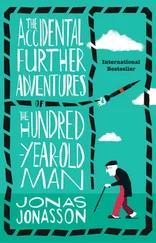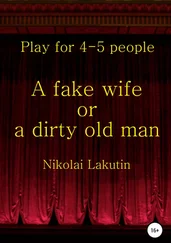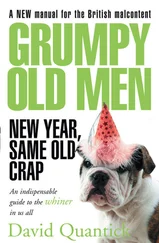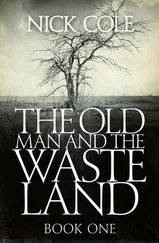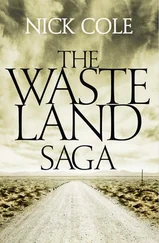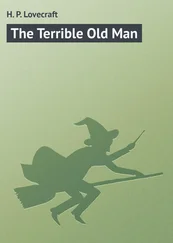Writers write. They also suffer painful cramps in their thighs at night if they are old and dumb and feel challenged and ride a small motorcycle 500 kilometres across Oaxaca and the Chiapas littoral in one day. The Honda was mocked, not the man. The Honda remains victorious.
And there are no seven-foot-tall aliens in Central America, in or out of sarcophagi.
Tapachula, Saturday 27 May

I breakfast outdoors on the central square. The electricity supply has been cut at the internet café that I used last night. I find an alternative that is more comfortable and run by equally pleasant people. Bringing my writing up to date takes ten hours, with only a break to fetch my laundry and eat a fruit salad. In the evening I people-watch on the central square, drink a beer and eat a steak. My last meal in Mexico.
Talisman, Sunday 28 May
Today I cross the first frontier of my bike journey. Guidebooks recommend Talisman as the least difficult crossing for motorists. However, writers warn of delays, illegal charges, swindling money changers, robbery in the public lavatories – and the necessity of an international driving permit. I don’t have an international permit. Mine is the standard piece of plastic issued in the UK.
I am anxious and sleep badly. Rising early, I ride through empty streets. The sun rises as I leave town. The first rays pierce the trees and the wet tar glistens. Frontiers make for profit and I pass big houses set back from the road. I brake at the border behind a pickup. A stocky fifties wearing a white Stetson thrusts a wad of grubby banknotes in my face. ‘Change. Change money.’
I take the excess Mexican pesos from my shirt pocket. The Stetson whips the bills from my hand. Shove and I’ll tumble sideways. The bike will pin my leg. I picture the Stetson disappearing into the jungle.
The Stetson taps numbers into an adding machine. The figures are less intelligible than a Thai movie. ‘Good journey,’ he says, hands me a few Guatemalan banknotes – quetzales – and transfers his attention to an approaching bus.
Trees drip on a huddle of low, tin-roofed timber buildings. The buildings need a paint job. The national flags are wet and droop dispiritedly. A Mexican cop says, ‘Hey, old man, where are you going?’
‘To the south.’
‘Where in the south?’
‘Argentina.’
‘On that small bike? Never.’
A Mexican immigration officer and two customs officials come out to investigate. They are small men of mixed race, neat in their uniforms. They ask whether it is true that I intend riding to Argentina.
‘On this bike, all the way? For how many days will you travel? What opinion has your wife of your travels?’
Had I enjoyed Mexico? What did I enjoy most?
They laugh when I answer, ‘Camarones a el diablo’. Devilled prawns.
A customs official prods a saddlebag. ‘Where are the locks? You must have locks. The south is peopled by thieves and bandits.’
‘Even Guatemala. Guatemala is dangerous. Ride only in daylight.’
I have armed myself with photocopies of the bike’s registration, purchase receipt, passport, driving permit. I stop a couple of minutes at the Guatemalan sanitation post – mostly we joke. To the Guatemalan customs officer, I apologise for an obvious incompetence in the completion of forms. He tells me not to preoccupy myself and completes the paperwork himself. In all, I am thirty minutes at immigration and customs. The three customs officers come out of the office to wave me on my way.
I seem to have developed an addiction for mountains. From the border I head towards Quetzaltenango. The easier route keeps to the Pacific littoral. I branch left on the RN1. A little beyond the intersection, an extraordinary building has been under construction for the past twenty years. I am told that it is a private house; it is the size of a hotel. It stands on the side of a hill behind iron gates decorated with lions rampant. It is part eighteenth-century French chateau and part Moghul palace. Those whom I ask are either ignorant or reluctant to tell me anything of the owner – although I gather from the interplay between my informants that they believe him more than eccentric, a little crazy.
I pause for an excellent breakfast at the entrance to San Paulo at the Rancho de los Sora. I count the quetzales given me at the border and scribble sums in my notebook. The Stetson was honest.
RN1 climbs over the flank of Ajumulco, 4220 metres, the tallest volcano in Guatemala. Coffee plantations cling to the slopes. The views are superb until I hit the first cloud strata. The road climbs through the cloud into a thin layer of clear air before entering higher strata of cloud. The upper clouds are wet. I freeze and drip and am totally miserable. I picture myself in the eyes of a sensible hotelkeeper – an aged tramp on a small bike. No, not a good prospect.
Quetzaltenango has cobbled streets and a one-way system that is bewildering seen through drenched spectacles. Wet cobbles are as slippery as ice. I slither downhill into the Parque Central, with a cathedral across the square, take a right to escape the traffic and spot Hotel Kiktem-Ja. The hotel is on a one-way street. Continue half a block beyond the square and the hotel is on the right. Drive into the courtyard: a good bed, plenty of blankets, excellent hot water in the bathroom. The hotel would be more welcoming if the owners repainted the floors and ceilings – black is not a lively colour. But at least geraniums cascade from the gallery surrounding the upper floor. The room costs more than I need to pay, but I am tired, wet and cold and the receptionist doesn’t quake at my appearance.
I work at an internet café until nine and catch up with correspondence. The owner of the café is a biker. His big BMW dwarfs my Honda. Mario directs me to a waiter-serviced caféteria. I eat a thick, tough, overcooked steak with guacamole and refried beans. Tomorrow I’ll try the stew.
Quetzaltenango, Monday 29 May
Before leaving England, I discussed my trip with students at two local high schools. The British Council runs teacher and student exchange programmes. ‘Runs’ is a misnomer. The Council has brochures and a website advertising the programmes but little finance to implement them. I had a meeting in London with Dominic Register, an official at the British Council. Dominic suggested I publicise the programmes on my travels. I did so in Oaxaca. Now for Quetzaltenango.
I dress as smartly as my limited wardrobe permits and have my shoes polished by a bootblack in the Parque Central.
Students at my first port of call, a private school, are occupied with exams. My second visit is a sixth-form technical college. The students are too old: I wish to make a comparison with the students of a certain age who I interviewed in England. The principal warns against my visiting state schools where teachers are underqualified and English is taught from a dictionary. She suggests I try a second private school that employs teachers from the United States. To reach the school, I navigate a series of empty lots strewn with builders’ rubble. An armed guard opens solid iron gates set in a high wall. Statues of the Virgin and of Christ dominate a patch of neat lawn to the right of the gate. Walls and gates are the norm in Guatemala. Foreign-run schools in Guatemala are always financed by a church. No statues and this would be evangelist territory – unsafe for a Catholic, even a lapsed Catholic. The Virgin of Guadalupe pin gleams in the collar of my green-cord shirt – green for Ireland, Ireland for Catholicism. I am shown into an office. A young lady sits behind an imposing desk. Her card states that she is a licenciada. Licensed in law or philosophy? I outline my purpose and hope to be offered a whisky mac by a priest from County Mayo.
Читать дальше
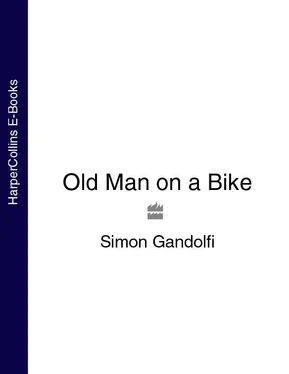

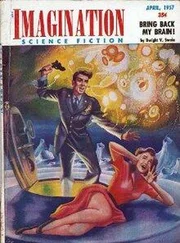


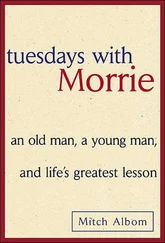
![Джон Скальци - Questions for a Soldier [Old Man's War 1.5]](/books/418139/dzhon-skalci-questions-for-a-soldier-old-man-s-wa-thumb.webp)
